These seems like a Repair Guy or Deeker questions
I am about to construct a pool/spa combo with just under 35,000 gallon combined capacity.
The design had two Intelliflo pumps with a VS dedicated for the spa and a VF dedicated for the pool and features. I am wondering about tweaking the design to use two pumps in parallel.
To explain the setup:
The spa is a 7'x7' square that spills into the pool about 3' below.
The pool is basically 18'x49' with bump outs for the steps, a large sunshelf below the spa spillway, and a large swimout across from the sunshelf. The depth is 3'-8'. with the shallow end being 24' long from 3'-5' and the balance sloping steeply to 8' (Type III diving design but no board for now)
For features there will be
- 3 bubblers (simple waterway returns) in the sunshelf
- a SR Smith Turbo Twister slide
- a fountain in the spa
Presently the equipment list is:
Automation:
- Intellitouch i10+3D with valve actuators
- is10 spa side remote
- mobiletouch
- possible future connection to the Crestron in my house (does not seem worth it as the iLink seems very limited)
Pool:
- Intelliflo VF
- vac-alert
- auto fill and overflow
- 4 Savi Pool lights
- 4 savi notes/controller for the sunshelf, stepping stone area
- Pentair Quad DE-100
- CAT-2000 PH/ORP Controller
- dual Pool Pilot Digitals & acid feed tank (may replace acid feed with CO2)
- perhaps a pair of paramount 03 units
- Quad DE-100 filter
- 2 pairs of MDX drains
- 2 skimmers w/equalizers
- 11 high returns
- 12 low returns for future use when solar is added
(returns are not intended to all be used at once)
- Poolvernugen pressure side cleaner
- conduit for future robot cleaner
Spa:
- Intelliflo VS (4x160)
- 2HP blower
- vac-alert
- 400K BTU Pentair gas heater
- Savi Spa Light
- 2 pairs of MDX/SDX drains
- 2 wall returns for spillway
- from 12 to 18 waterway jets but the intent is to close some that are not in use
I know some will say the 4x160 is overkill for the spa but the wife likes low flow from the jets and the idea is to be able to tweak the speed with the is10 depending upon the number of jets open and personal preference. i am willing to pay for the luxury even though the PBs think I am nuts.
Plumbing sizes, layout design were all optimized by an engineer I hired that is not associated with a PB. He typically installs specialized equipment and fixes PBs screwed up installs.
Initial plan was a single Intelliflo VF but pentair has revised the rating down to 130GPM while the 4x160 is still speced at 160. We felt the spa use would prevent using any other features, hence two pumps.
Now I am thinking perhaps I should plumb the system to have a VF and VS or two VFs in parallel with check valves so I can run each @ 1/2 the speed for the same # of hours and cut electrical use by 1/2.
I would valve the system in such a scenario so that one of the pumps would be spa dedicated when the spa is in use.
I am concerned that the VF/Intellitouch system might not provide for such a situation, i.e.:
1. will the two VFs get into some endless feedback loop?
2. Will a VS and VF work?
3. Will the programming and valving be some complex its not worth it?
My lighting questions: The Savis were chosen because:
they pool lights are small and fit in spa niches, the fixtures can be black which works well with my finish, and the notes can using the same lighting scheme as the spa lights. pushing Intellibrites and suggesting I use spa lights in the shallow end of the pool. The reasons: the intellibrite lens will get rid of hot spots in my shallow end & the intellibrites allow actual color choices from the mobiletouch or other controller.
Sorry about the long post.

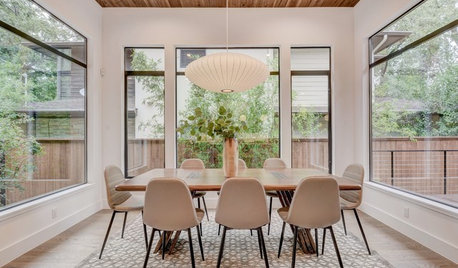

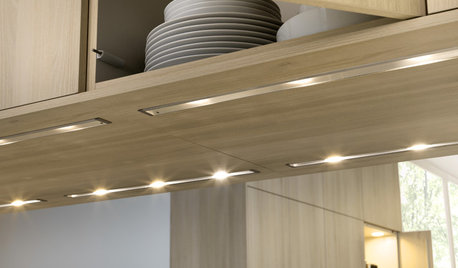
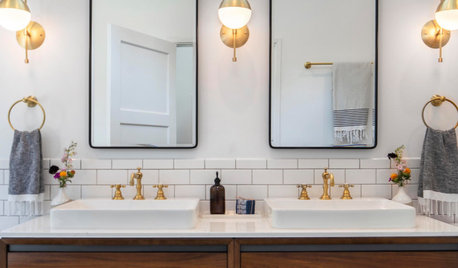
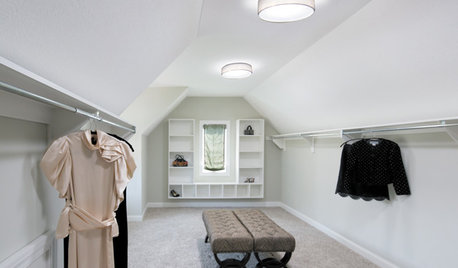


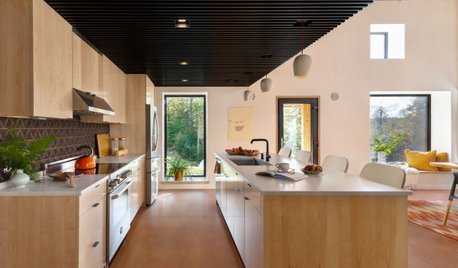







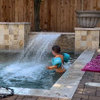
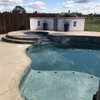
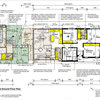

Rack Etear
chulamanOriginal Author
Related Professionals
Lake Forest Swimming Pool Builders · Alexandria Landscape Contractors · Amesbury Landscape Contractors · Davis Landscape Contractors · Dixon Landscape Contractors · Fishers Landscape Contractors · Harvey Landscape Contractors · Rio Linda Landscape Contractors · Royal Oak Landscape Contractors · San Benito Landscape Contractors · Lauderdale Lakes Landscape Contractors · Lansdale Decks, Patios & Outdoor Enclosures · Novi Decks, Patios & Outdoor Enclosures · Salisbury Decks, Patios & Outdoor Enclosures · Vandalia Decks, Patios & Outdoor EnclosuresRack Etear
repair_guy
chulamanOriginal Author
Rack Etear
trhought
chulamanOriginal Author
trhought
Rack Etear
Rack Etear
chulamanOriginal Author
trhought